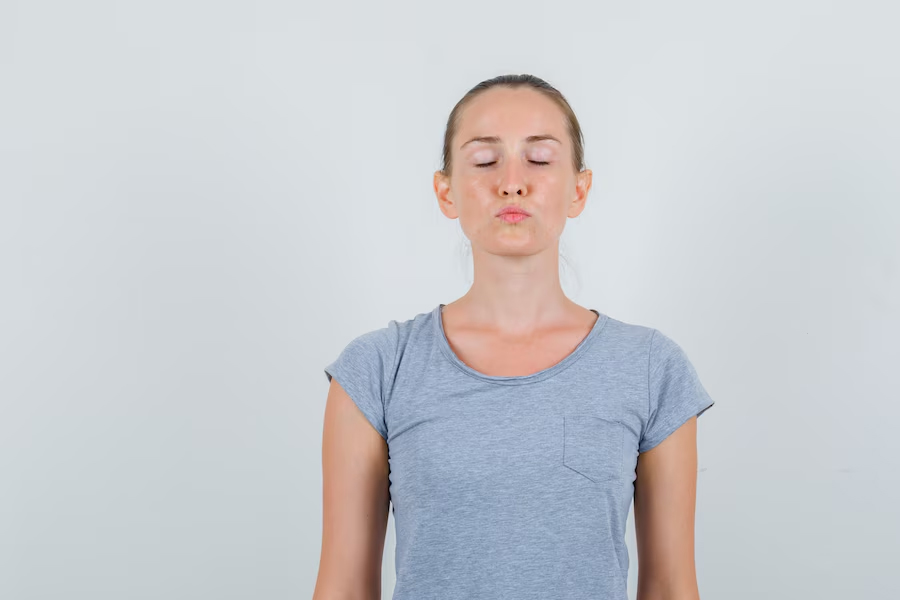
Have you ever woken up with a dry mouth or drool on your pillow? If yes, then it could be a sign of mouth breathing.
Mouth breathing is when people breathe in air through their mouths and not from their noses. This can be due to various reasons, such as nasal blockages caused by the cold, flu, or allergies. Another consequence of untreated mouth breathing can be changes in facial structures, according to research and various experts. But how true is this claim? To find out, we at OnlyMyHealth spoke to Dr Zulfiqar Hafeez, Senior Consultant - Dentist, Asian Hospital, Faridabad, who shared various insights into the same.
Table of Content:-
Also Read: Symptoms and Complications Of Night-time Mouth Breathing; Expert Weighs In
What Causes Mouth Breathing?

Dr Hafeez said, “An obstructed nasal airway, either totally or partly, is the fundamental cause of most occurrences of mouth breathing. In other words, there's something preventing the easy flow of air into the nose. The body will naturally turn to your mouth, which is the only alternative source from which oxygen can be obtained.”
He added that common ENT (ear, nose, throat) causes of clogged noses and/or throats include uneven nasal bones, a deviated nasal septum, soft tissue swelling inside the nose, or enlarged turbinates, allergic rhinitis, adenoids enlargement, and huge tonsils, which can enlarge to the point where they crowd the back of your throat and floppy soft palate.”
Moreover, intense exercise can also lead to mouth breathing, as it helps speed up the delivery of oxygen to your muscles.
Can Mouth Breathing Change The Shape Of One’s Face?

According to Dr Hafeez, mouth breathing can have an impact on a child's facial development. These groups of kids are also said to have "mouth-breathing faces,” he adds.
In fact, a study published in the International Dental Journal found that children who breathe through their mouths might have different face shapes than those who breathe through their noses.
Kids who breathe through their nose usually have better face growth, whereas mouth-breathers often have longer faces, with bigger lower faces and sometimes smaller jaws, the researchers noted.
The study further notes that mouth breathing may cause the upper lip to stick out more. However, scientists aren't completely sure if mouth breathing directly causes these facial changes and urge more studies to determine the same.
Also Read: From Destressing To Improving Sleep: Here're Are 7 Benefits Of Deep Breathing & How To Practice It
Ways To Treat Mouth Breathing

Before we understand the treatment options for mouth breathing, it is important to note that doctors may not be able to cure mouth breathing directly if it's caused by the structure of your nose or face. However, if there are any underlying conditions, treatment options include:
- Anti-allergies and decongestants for short time periods.
- ENT specialists can look into causes like enlarged tonsils, a deviated nose, sinus issues, etc.
- In cases of sleep apnoea, doctors may recommend therapies based on the severity of your condition.
Conclusion
Mouth-breathing can influence facial development, especially in children. Studies suggest a link between mouth breathing and specific facial characteristics, such as elongated faces, prominent lower jaws, and changes in lip position. While these findings are compelling, more research is needed to establish a direct causal association. Nevertheless, it is always advisable to address mouth breathing, as it can indicate other underlying health problems and sleep disorders.
Also watch this video
How we keep this article up to date:
We work with experts and keep a close eye on the latest in health and wellness. Whenever there is a new research or helpful information, we update our articles with accurate and useful advice.
Current Version
